|
We have been doing an ongoing investigation over the past month on the regulations around wild cat ownership within the UK. It's been a lot of work. There is a lot of difference in opinion when it comes to "What is a Dangerous Wild Animal (DWA) and what security arrangements must be in place to ensure not only the animal is safe and secure but also to guard the public as per the Dangerous Wild Animal Act 1976". Unfortunately for us (meaning all of you too), as wild animal owners, the difference of opinion is actually down to the Veterinarian who inspects us annually. These "Professional appointed persons" are the ones who may have never seen a wild cat in their life, let alone actually cared for one whether that be medically or in terms of providing daily care. Some of them have great knowledge on the cats and what environment they need to be kept in for their welfare, others simply revert to colleagues in the field or...google (heaven forbid). Recently, we decided since we are constantly inundated with requests for Servals, Caracals and F1 Savannahs who must be kept with a licence, and realistically we have no real good information on every council in the UK to offer them that we would take it upon ourselves to source an overall set of information on every council within Scotland and England. There is a common misconception that because someone else has a set of rules (or lack of them) that the same set will be applied on the applicants licence. It really is down to a vet to decide if what you have constructed (or again, perhaps not even bothered to construct) will be approved as a secure environment for your DWA. What we really want to address here is WHY there is so much scope for variation on rules for the same animals. We asked several licence holders about what they are required to do with the DWA's and what rules apply. We have seen several licences. The range of rules, or again, lack of, is completely unacceptable to those who feel they are being dicriminated against just because the vet who has processed their licence, doesn't agree with a vet across the country and applies a completely different set of rules. We recently had DEFRA come to the house to review our quarantine site. They went through all our paperwork and discussed the enclosures with our licensing vet and animal health officer from the council. It was good to have all three parties there at the one time considering it's a rare occasion to have them all present to explore and discuss issues face-to-face. What is concerning here is, my cats are deemed wild animals which DEFRA have advised me that if the DWA cats must go to the vet or, we move them into different enclosures for mating purposes then we had to obtain a "Carrying Agents Licence" - (“authorised carrying agent” means a person authorised by the Minister under Article 10 of this order to carry animals, The Rabies (Importation of Dogs, Cats and Other Mammals) Order 1974). This was not an easy process. This involved us having to re-fit the car with anchor points, securing chains, padlocks, double-cages (where one is fitted inside the other for double security), metal mesh, perspex and gloves. It means we can transport cats for rabies purposes who are entering the UK for quarantine - the exact same licence that is required to move the DWA cats on the same premises to a different pen. This brings me to some of my questions, which are;
It is not particularly convincing that people are being treated fairly and equally given that licence holders are often very secretive and don't want to say what they can and can't do because they have a fear of it being removed from their licence due to a complaint, which appears to be rife within the wild cat ownership field. Also, there is the flip side of this where you have people claiming that their cats are permitted to be in their house living life as part of the family, when in reality we have just been lodged with e-mails as part of this study showing that those same people are in fact only licenced for their enclosures; for example one council replied, "not in the house under any circumstances". Some councils in England are "not really bothered if they are in the house as long as there's a double door at each exit", according to one DWA licence holder. I don't understand why some holders have to have heavy duty mesh, one that you could in fact jump on without it breaking, when there is chicken wire being used in another enclosure or simply just two entry doors. Bearing in mind that these cats are really clever and can open doors (even doorknobs), I can understand why this is simply not secure enough for licensing under some vets supervision. If DEFRA advise us to have a licence to move the cats, then why are there others who are able to walk outside with their cats freely only on a harness. Recently, we were reported to Child Protection Services because we had our Son inside our Caracals enclosure for some petting. This was our choice and of course the licensing department in the council advised us against this. There are other people with similar cats in the UK who have their wild cats with their children at all times, even unsupervised. Different rules, different regions. It's completely unacceptable that we should have to keep our animals in their enclosures at all times unless they are nursing kittens or until they are a certain age, whereas others have an easy come, easy go licence. Upon contacting the council, we have submitted the following: Good afternoon, The response: We have yet to put everything together and form a detailed result on the information we have received to date. The information we have received is actually data which is owned by the council and therefore we cannot physically publish e-mails received. We will however be forming a table with the responses within each area and what requirements they have, if any. It will also detail if each council are happy for the wild cats or F1's to be kept within the house or outwith the home for walking purposes or, if they have currently got licence holders in the area with house access. The aim of this is to enable us all to be able to keep these cats under the same set of rules - it also means that when someone gets one of these cats or plans to, they will know what will be acceptable or not within their region and plan if it is still something they want to pursue. It is part of gaining equality for us all as owners. Acts and legislation should be transparent and rigid meaning there is a set minimum standard for these vets to use or perhaps a checklist with more detail to ensure we are all treated with the same respect instead of being discriminated against. We will take the data to DEFRA and try to ensure that we can all enjoy ownership of our cats indoors since this has already been permitted. We will fight for equality - we will fight for you. More information can be seen below. The Dangerous Wild Animals Act 1976 (Modification) (No.2) Order 2007 “SCHEDULE KINDS OF DANGEROUS WILD ANIMALS" NOTE: See section 7(5) of this Act for the effect of the second column of this Schedule http://www.gov.scot/Resource/Doc/933/0009386.pdf Family Felidae: All except-- (a) the species Felis silvestris, Otocolobus manul, Leopardus tigrinus, Oncifelis geoffroyi, Oncifelis guigna, Catopuma badia, Felis margarita, Felis nigripes, Prionailurus rubiginosus and Felis silvestris catus; (b) a hybrid which is descended exclusively from any one or more species within paragraph (a); (c) a hybrid of which-- (i) one parent is Felis silvestris catus, and (ii) the other parent is a first generation hybrid of Felis silvestris catus and any cat not within paragraph (a); (d) any cat which is descended exclusively from any one or more hybrids within paragraph (c) (ignoring, for the purpose of determining exclusivity of descent, the parents and remoter ancestors of any hybrid within paragraph (c)); (e) any cat which is descended exclusively from Felis silvestris catus and any one or more hybrids within paragraph (c) (ignoring, for the purpose of determining exclusivity of descent, the parents and remoter ancestors of any hybrid within paragraph (c)). All cats including the bobcat, caracal, cheetah, jaguar, leopard, lion, lynx, ocelot, puma, serval and tiger. The following are excepted: (i)the wild cat, the pallas cat, the little spotted cat, the Geoffroy’s cat, the kodkod, the bay cat, the sand cat, the black-footed cat, the rusty-spotted cat and the domestic cat; (ii)a hybrid cat which is descended exclusively from any one or more species within paragraph (a); (iii)a hybrid cat having as one parent a domestic cat and as the other parent a first generation hybrid of a domestic cat and any cat not within paragraph (a); (iv)any cat which is descended exclusively from any one or more hybrids within paragraph (c); (v)any cat which is descended exclusively from a domestic cat and any one or more hybrids within paragraph (c). Source: http://www.legislation.gov.uk/uksi/2007/2465/schedule/made Scottish Local Authority/ Councils for Dangerous Wild Animal Licensing We contacted the 32 councils in Scotland and await their response. English Local Authority/ Councils for Dangerous Wild Animal Licensing  We contacted the overall total of 353 councils in England:
Please stay tuned for the results of the DWA information within each area relevant to you. Thank you for those who have taken part in this and supported the investigation into equality of licence distribution.
We will publish data on those councils which have stated "up to the vet at the time", "under no circumstances", "under some circumstances - more details" and those which "allow" to give a clear picture of each area. With the holiday season coming up I thought it was relevant to share general advice on travelling with your pet. Some of you may decide to put your cats into kennels during your holiday. The aim of this advice is to help your pet be the most comfortable on it’s travels. This can also be relevant if you are purchasing a kitten and want it delivered throughout the UK or internationally. CarriersSize Make sure it is a suitable size for your pet. It should be big enough for your animal to stand up and turn around in without feeling cramped. It should be long enough for them to lie down in and a have a nap. Fresh Air It should provide fresh air to the animal inside and is one of the most important factors to prevent it getting to hot on it’s journey. Safety The carrier should be escape-proof and is better if it means the animal is unable to stick their paw or head out of. There are new plastic fronted carriers which are sturdy and prevent the paw injuries which can occur in general mesh fronted carriers. It is always best to use IATA approved carriers. This means they are deemed safe for use in flights. Always strap your carrier down in any transport situation. Absorbent Bedding We prefer vet bed for travel but it can be messy. The best thing on the first few hours of your journey is puppy training pads as these can easily be put into the bin and replaced if a toilet break has been required. Generally after a few hours the introduction of your pets favourite blanket or bedding can help relax your animal and encourage them to nap the journey. Litter tray on not? We use extra large carriers on our long distances. This enables us to have a litter tray and a bed side by side. This is to make sure that the cat feels comfortable to be able to go to the toilet. Access to Water and Food Bowls which clip onto the carrier are the best as this way they are unable to be stood on or knocked over. They are very cheap to buy and some even come with the carrier as standard. Your pet may not feel like eating or drinking but water is the most important offering on a journey because the stress can make your animal become dehydrated, alongside the heat. Familiarity Make sure you leave the carrier beside the animal a few weeks before the journey to ensure it has their scent and the have got used to the idea of going inside it to nap. We also offer food inside it so that the cat feels comfortable eating inside – this encourages them to eat on the journey. Toys inside also help them feel safe. GENERAL ADVICEPlan ahead. Feed well in advance Feeding animals right before travelling is not adviseable as not only will this encourage travel sickness, but the potential is greater for toileting and vomiting. Always Crate Even with a dog, they are better to be transported in crates. Animals can be distracting in a car and if there is a vehicle collision, your animal could go through the windscreen or cause a deadly injury to a passenger (yes even cats too). The force of an animal projected through a vehicle in a collision can be deadly to the animal and passengers. Heat If travelling in the car then try to ensure you go on the coolest part of the day. This will make the trip more comfortable for all involved. Stops Ensure stops are minimal and the time that your animal spends alone is minimal. Are you insured? Some car insurance policies don’t cover you for travelling with a pet unless they are carried securely. Some don’t cover you for carrying a pet at all. Check. Supplements Some pets can benefit from a special proven supplement which can help with the stress of travelling. Ask your vet about this product or contact us for advice. This product must be started in advance of your travel to ensure it has started to work. Travelling by: CARPractice Try to take your animal on short trips first to show them that it is okay to travel and they don’t need to be scared. Reward them after each trip with attention and treats. Make it a happy, enjoyable experience where possible. Secure your animal It is the law in the UK to restrain an animal and prevent them from distracting you whilst driving. For dogs, you must use a dog guard to prevent them from coming into the back seats from the boot, or an appropriate crate. DO NOT LEAVE ANIMALS IN HOT CARS even for a few minutes. It only takes a few minutes for a car to double the temperature of the outside. Take regular stops Cats and dogs prefer to drink when stationary and dogs prefer to do the toilet outside! You can also change pads and food at stops for cats. PUBLIC TRANSPORTCompliance You can usually take animals on all public transport, even dogs. Check in advance. Carriers Always take animals in carriers where possible to prevent escape or discomfort. Time of day Try to avoid busy periods as this will reduce the stress to both you and the animal. Take poo bags in case you need to do what we all wish we didn’t have to – clean up poo!! BOAT/ FERRYUsually you can pay a small fee to have your animal on a pet passport, travel on the ferry with you. You usually have to leave them in the car and may only have select times to return back to the car to check on them. If it is very hot you may decide not to travel to prevent risk to your animal as you will have to leave them in the car. The car decks can be noisy so it is worth getting a supplement for your animal before travelling to reduce stress. See above. Fresh Air Make sure the carrier is well ventilated and if possible, leave the windows of your car all slightly open. Make sure the animal can’t escape from the window! AIRAlways check with the airline for their individual requirements on your pets travel. In the UK it is not permitted to have any animals in the cabin and they must go into the hold. Some pet owners decide to drive out of the UK and fly from the EU to enable them to fly in the cabin with the owners. This applies to all our kittens. We cannot ship a cat to you in cabin unless you wish to collect from anywhere out of the UK. Additional fees may apply. Carriers must be IATA approved. COURIERSometimes it may be necessary to have a courier transport your animal for you. We always recommend fully vetting your courier before paying any deposit or in full before having them transport your kitten. There are many things you should consider when selecting a courier for your kitten. Firstly, is the animal insured to be travelling with the courier? Are they giving you a contract for the transportation of your animal? Will the animal be alone or travelling with other pets? What's the infection control process to ensure your pet is kept safe and secure from infectious diseases? Do they have secure carriers for your pet? If they are transporting a DWA animal - do they have a carrying licence for the animal? We are Defra-Approved registered carriers for the transportation of Dangerous Wild Animal cats and can carry rabies-risk/ quarantine cats. Generally, we hand-deliver all of our kittens where possible and collect any new cats ourselves with relevant paperwork for border control inspection. Passport and PaperworkYou must have a passport of equivalent paperwork for your animal you wish to travel with, import or export. Generally most animals fall into the Pet Travel Scheme set by DEFRA, the UK Government, but it is worth bearing in mind that some do not. In order to cross the border at some countries you may also require an additional licence granted by CITES. The purpose of the passport is to make sure the microchip matches the passport and vaccinations are up to date. In our case, for Savannahs, you can import and export anything to/ from the UK with no CITES required provided it's within the EU. A brief guide below:
Wild Cat Transportation, Import/ ExportWe are often asked about importing cats into the UK because they are less expensive abroad (see hidden fees below!). The same rules apply to wild cats as it does to F1 Savannahs. You must have a carrying agent transport your cat.
So, although there are cheaper cats such as £4,500 for a wild cat in europe, by the time you import the cat and pay for the quarantine it will cost you anything up to £9,000 in Scotland and £10,000 in England after all the fees. Most importantly, the cats cannot enter the quarantine until they have had a rabies injection at 12 weeks old (no earlier) and waited 21 days. The cat will arrive into quarantine at 15 weeks old and undergo the most important bonding period in isolation. The cute kitten you originally purchased, will arrive to you around 8 months old (almost adult size) and may not be approachable by you as it's new owner. It is not good for the cat or you as the new owner. Do you really want to miss out on those bottle feeds and special bonding suckles? The above is to demonstrate the substantial cost of importing these animals and why the kittens from such animals are therefore more expensive in the UK than in Europe and USA/ CA. -
|
Welcome | Welkom | Ben arrivata | Velkomst | Tervetuloa | Bienvenue | 欢迎 | Willkommen |
ようこそ!| Sveiki | Добро пожаловат | Välkomna | Velkommen | ยินดีต้อนรับ | خوش آمدید | 환영 | AuthorAll about Stylisticat, written by Kayleigh McIntosh-Lowrie Archives
February 2021
Categories
All
|
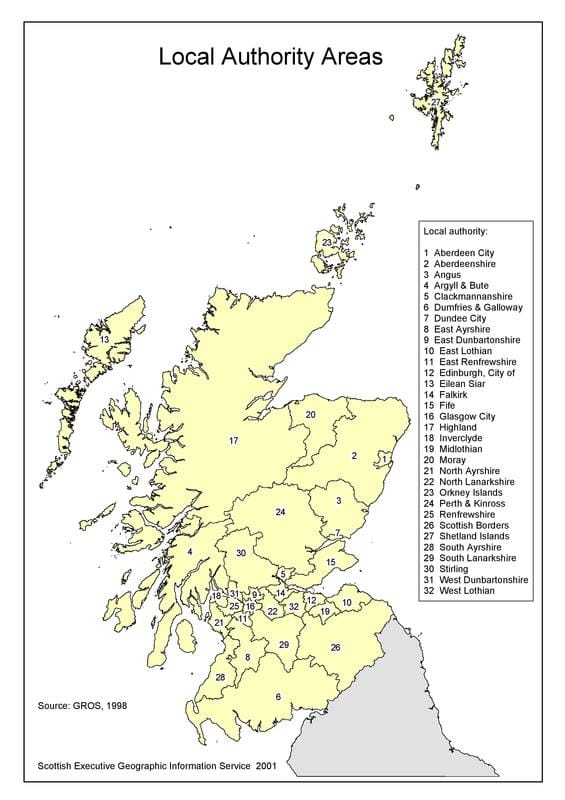
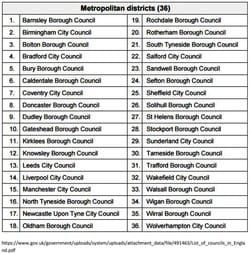

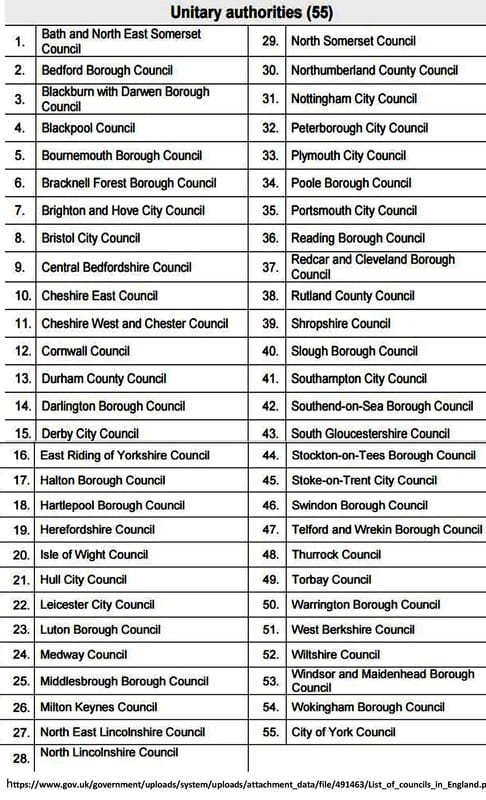

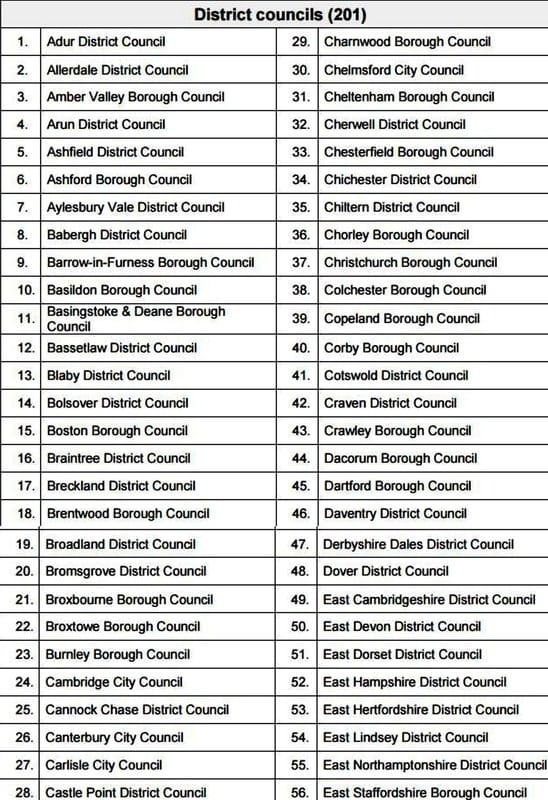
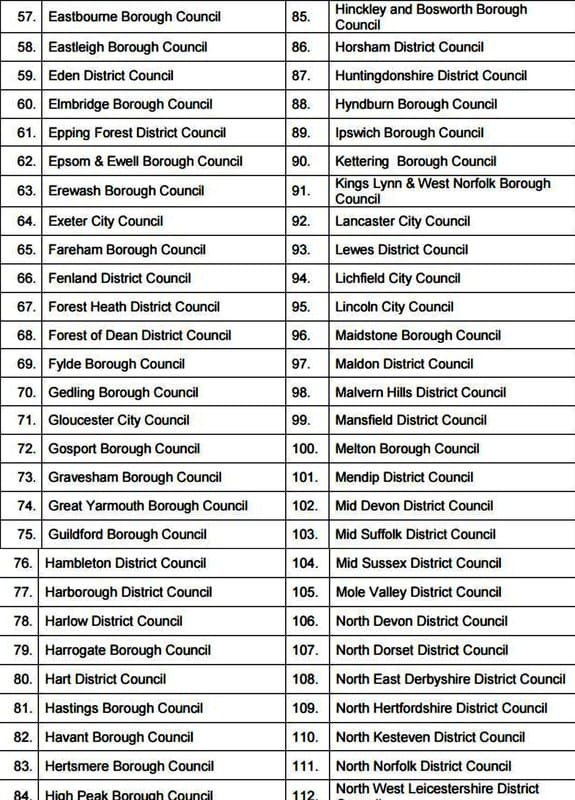
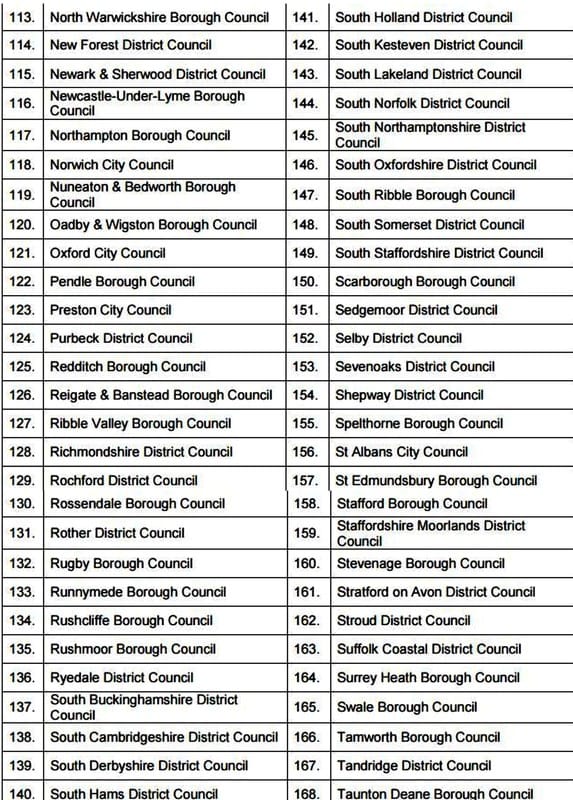
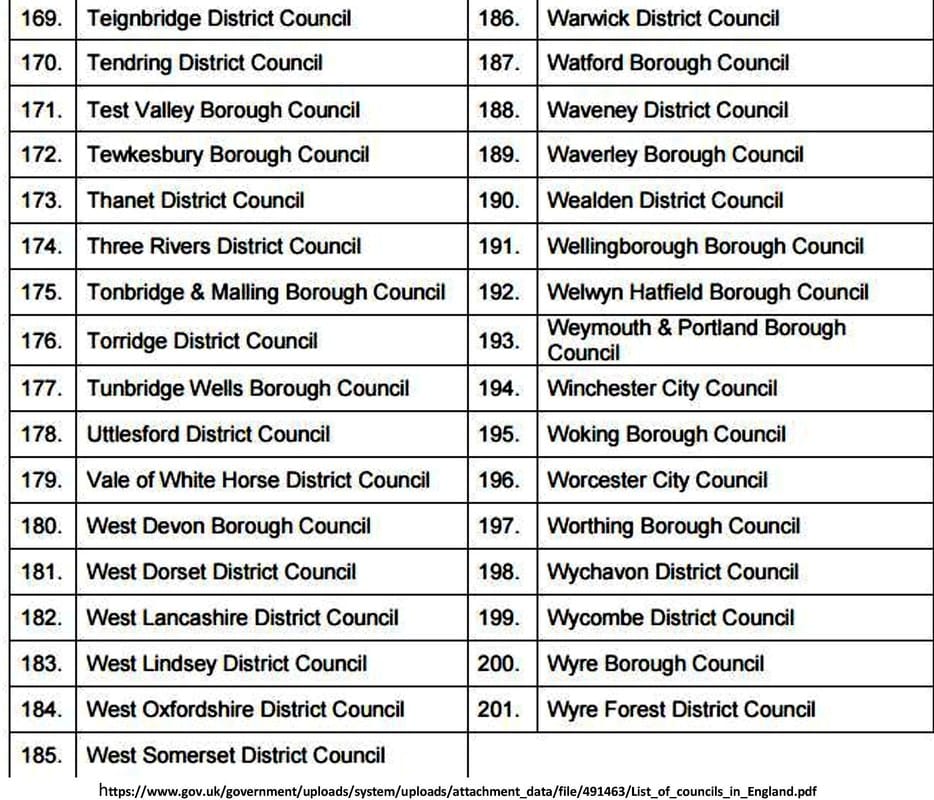
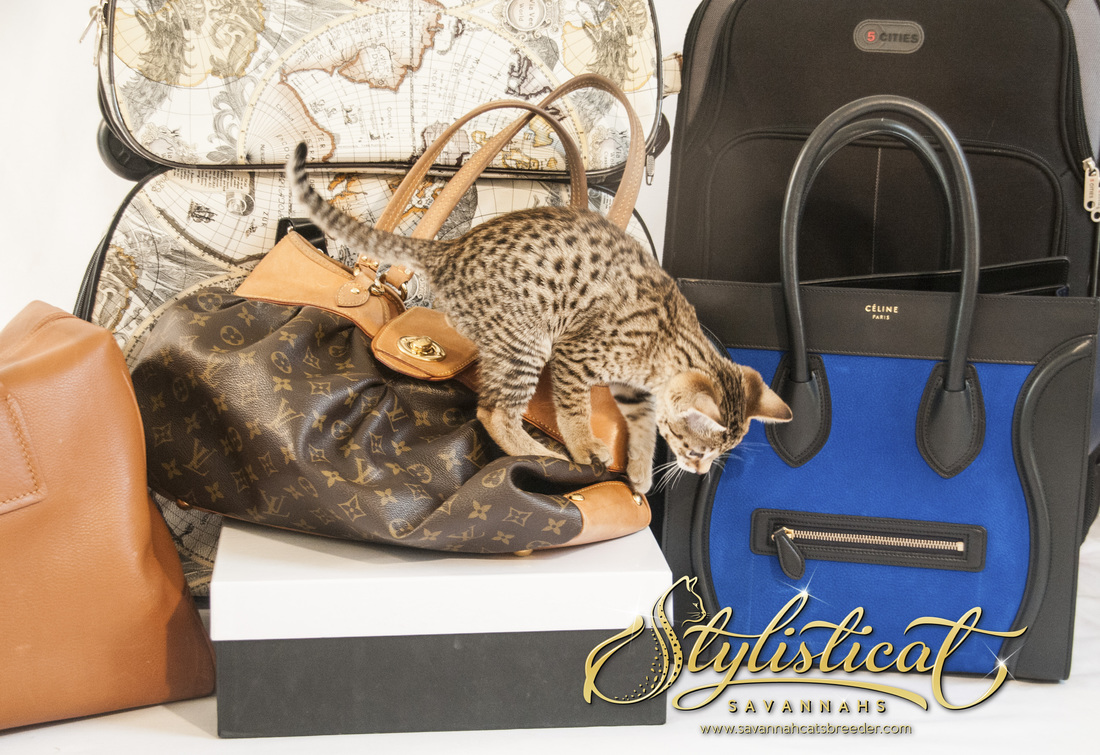
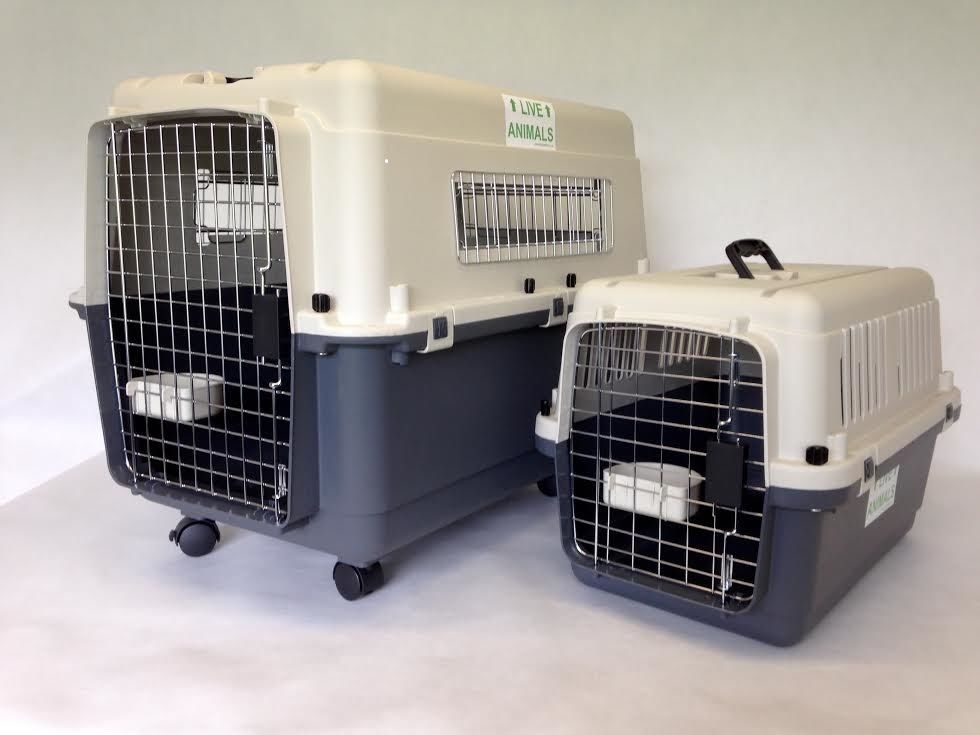
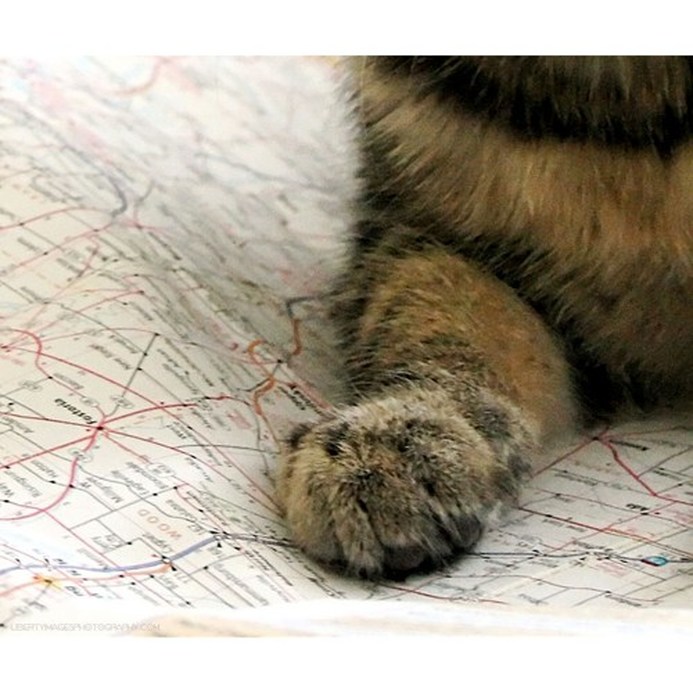
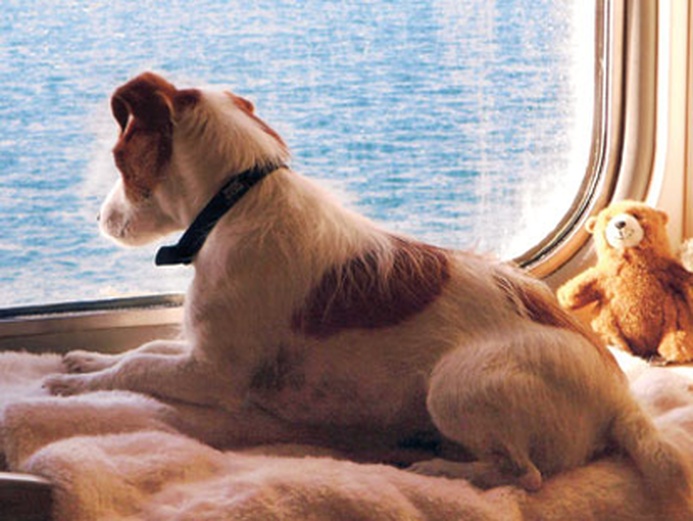
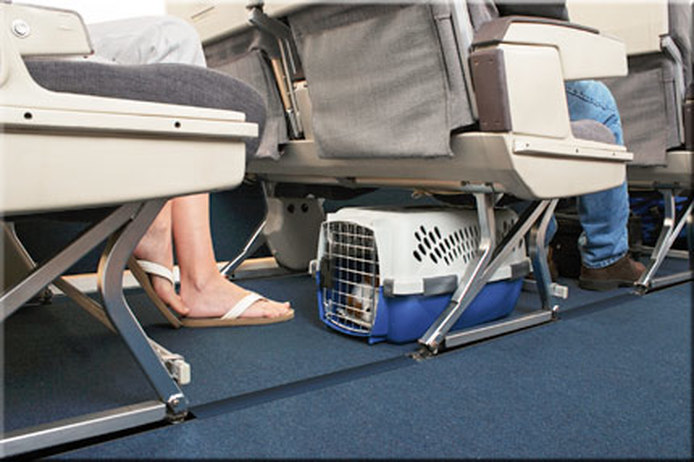
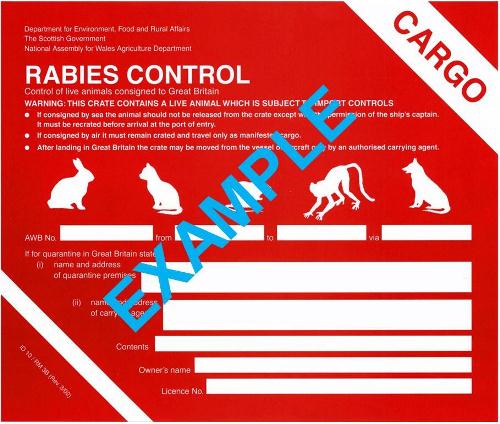
 RSS Feed
RSS Feed
